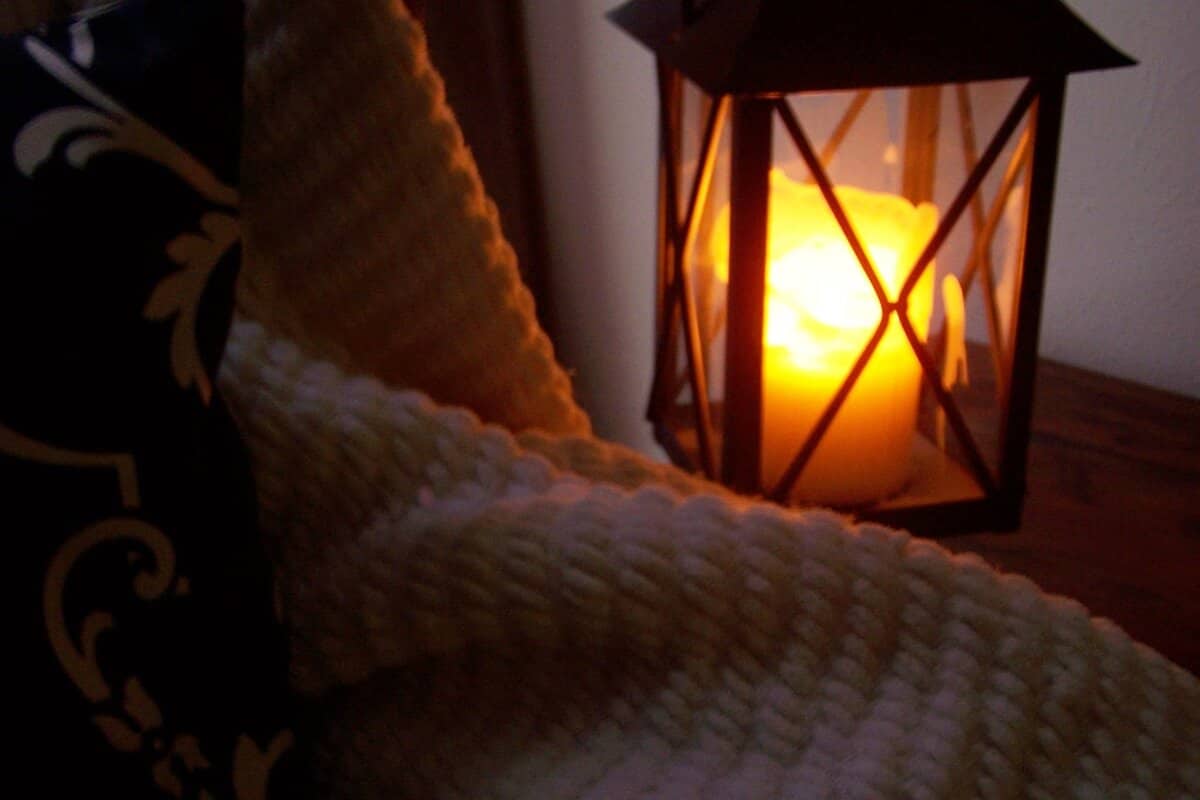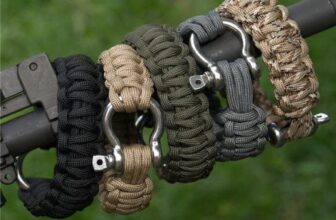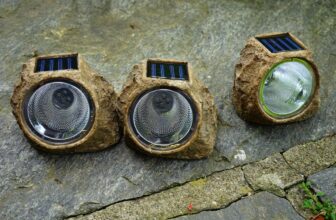
Regardless of what you intend to accomplish during your journey into nature, it is necessary to have blankets with high-quality and effective safety features.
We all know that catastrophes can happen at any time. That is why being equipped with a blanket is very important while you are backpacking, traveling, wandering through the woods, or engaging in any other active lifestyle. If this happens, your survival abilities may be pushed to their limits. It is crucial to carry appropriate and dependable supplies with you in a crisis to ensure your safety, especially in unfriendly weather conditions. With it, you can also signal for help and protect your body.
We are going to dwell on the most popular materials used for the production of survival blankets. These are fleece, wool, and Mylar.
Materials
When anything turns out badly, being prepared beforehand could be crucial for your safety. In either case, these items should always be kept on hand for disasters or regular use.
Today, numerous blankets are available thanks to technological advancements. Among the plethora of materials used to make them, some may perform more effectively in particular circumstances. It’s crucial to understand the main varieties of blankets since they serve various purposes and have different applications.
Unique mylar
Mylar is not typically used for producing blankets. It is very special and unique. This polyester resin is used to create foil sheets that can withstand high temperatures. The foil’s primary function, however, is to stop heat loss. In really cold situations, it is highly advisable to use such items together with other survival gear rather than on their own.
They can be used in constructing shelters, and since they are water resistant, they can assist in stopping your heat loss via evaporation. Despite their thinness, they have a great life span.
Durable wool in blankets
Wool blankets are frequently used instead of sleeping bags; however, experts disagree on which is superior. Wool blankets have numerous advantages. Even becoming damp easily after a strong downpour, such wet blankets can nevertheless be useful in certain circumstances.
These blankets may last long and are difficult to penetrate and rip. Though less successful than other blankets, they can nevertheless stop the wind. Wool inherently resists flames. The main drawback of such blankets is their weight and volume.
Soft fleece
This soft material is useful for keeping warm and for insulation. The softness and skin-friendliness of such items are their best features. Although fleece quickly gets wet, it also dries out immediately.
Given that they are ineffective for protection from the wind, these blankets frequently need to be used with other means of protection when it is extremely cold outside.
With this knowledge, it will be much easier for you to choose your blanket from a long list of options. Choose wisely, and stay safe!




